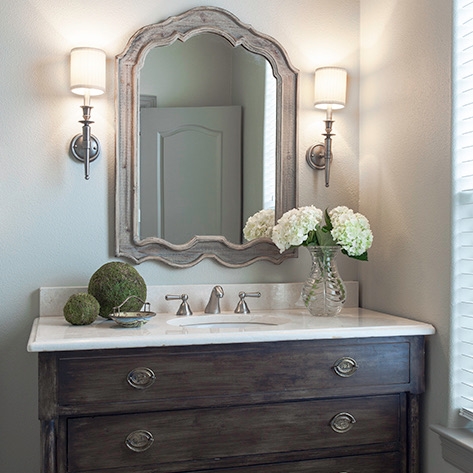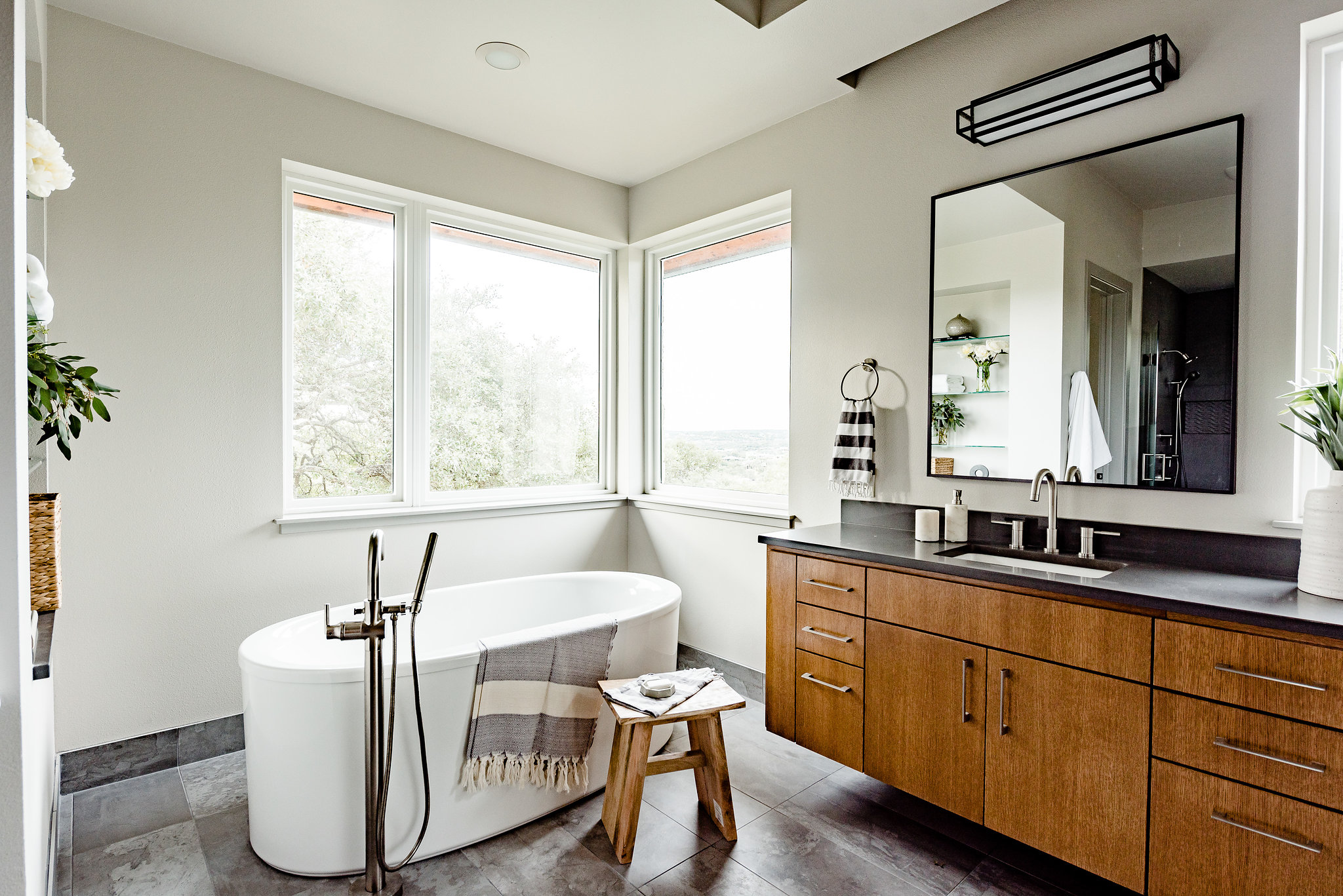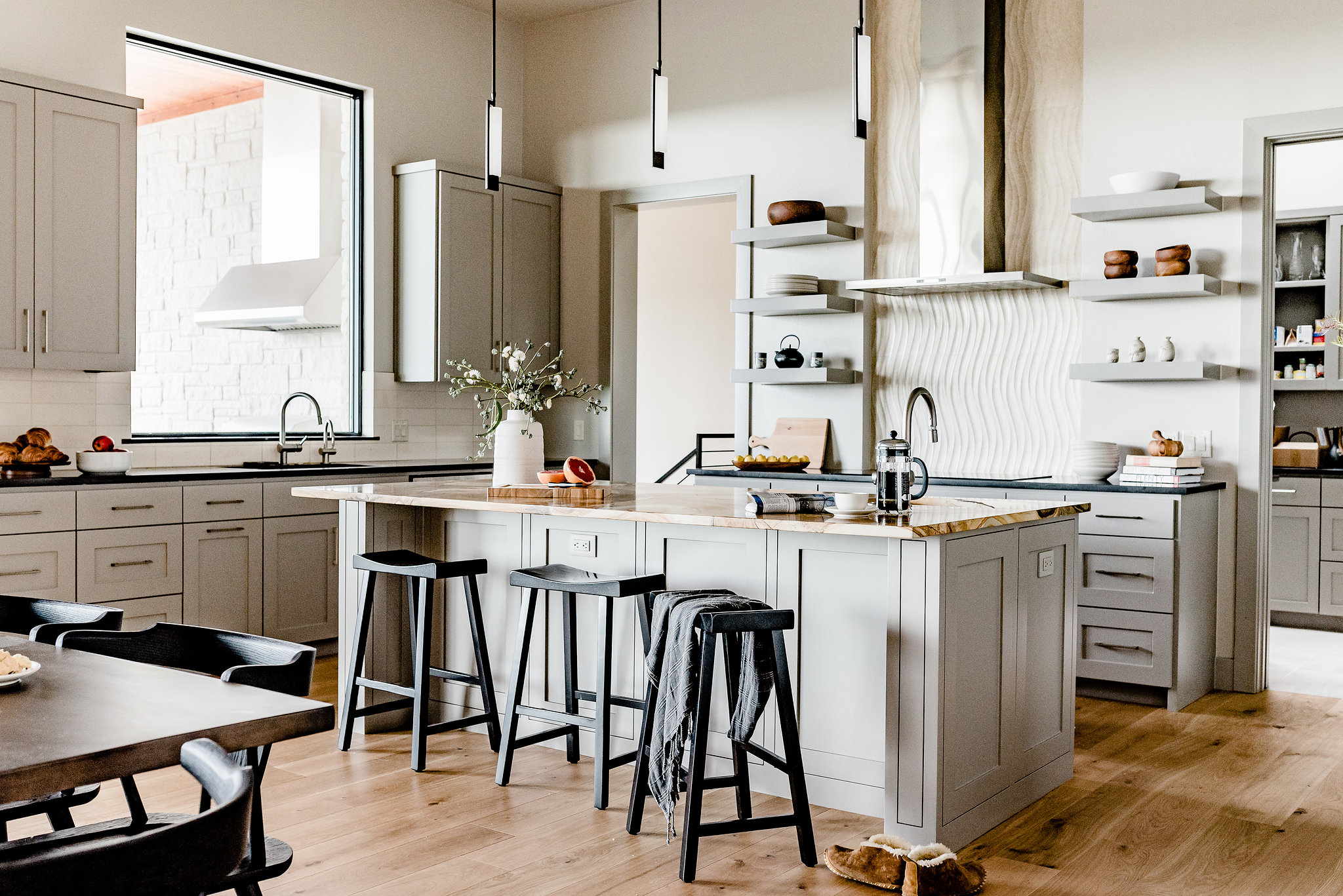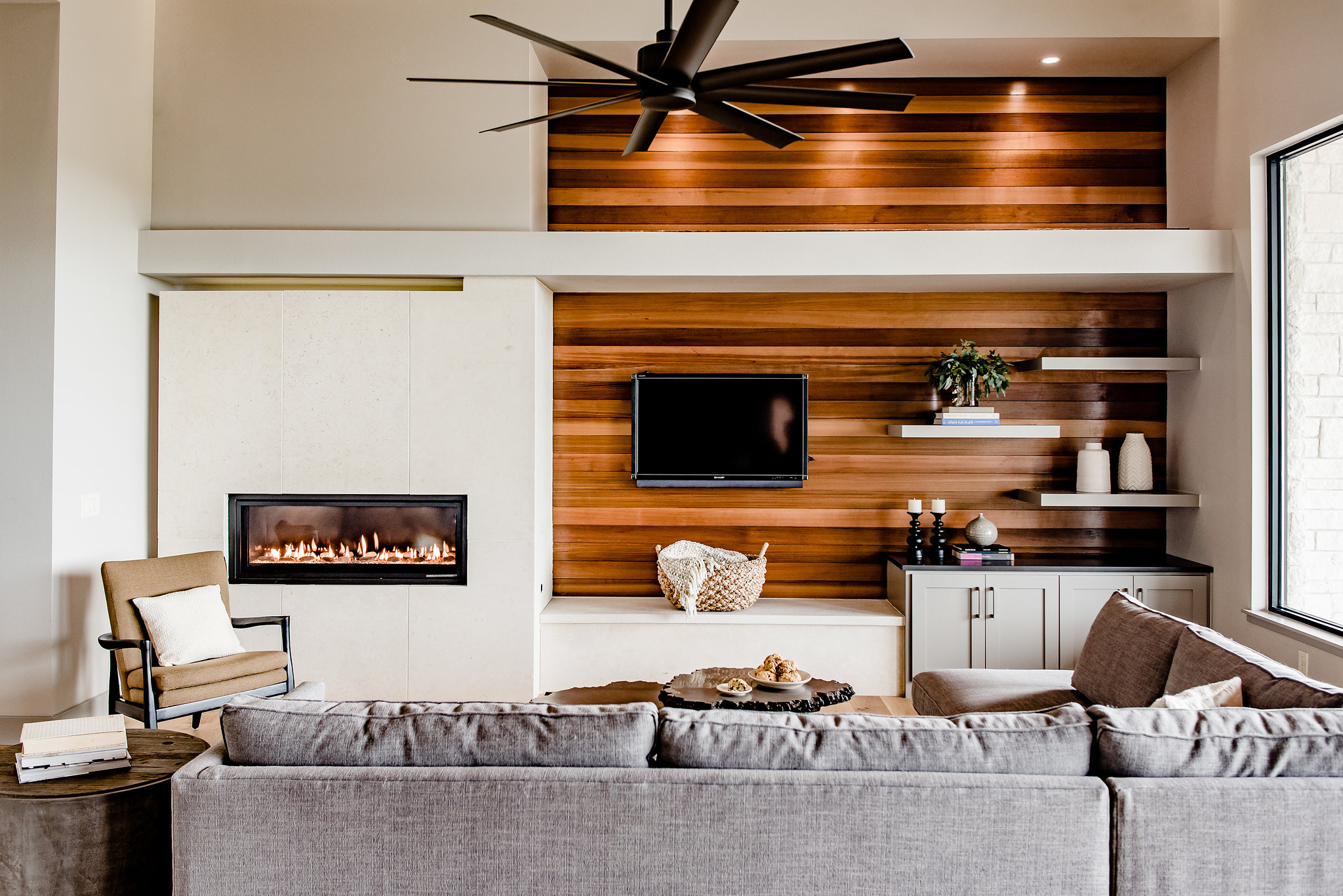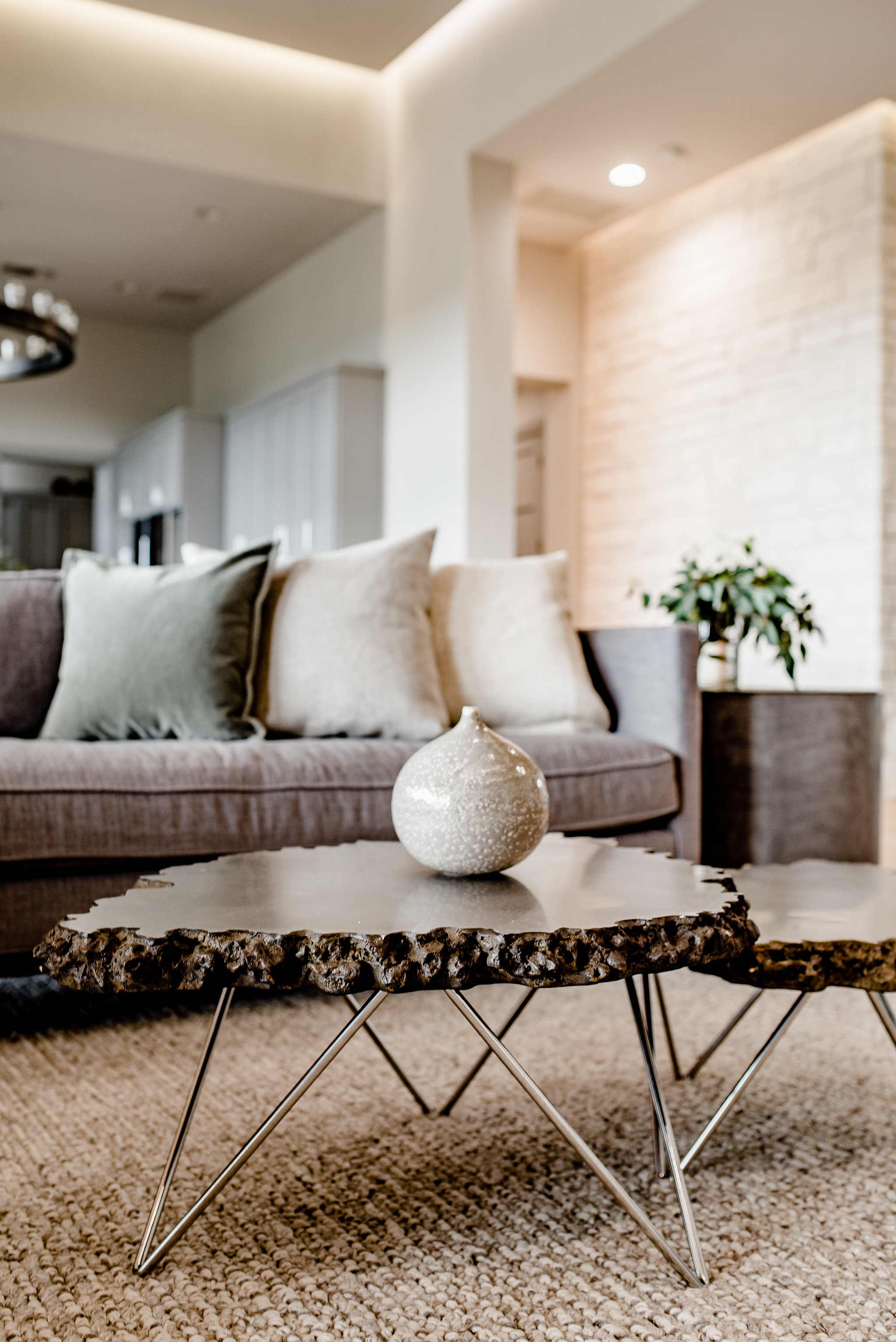THE END OF MATCHY-MATCHY
It’s happened a few times. A client says ‘I want everything to MATCH’. I respectfully say ‘Hmm. We are not going to do that, but I promise it will be beautiful and everything will COORDINATE’. The client looks confused, and I can tell in that moment he’s not sure about me. I remind myself that in time he'll gain trust, and the proof will be in the end result.
So let’s dig a little deeper. A safe interior ‘matches’. A room from Rooms to Go ‘MATCHES’. What you want is something that feels rich, stylish, and well done; a thoughtful and elevated interior reflecting quality and your personality for years to come.
LET ME EXPLAIN...
So here is a strategy I follow regarding metal finishes. First, I choose a primary finish. This is implemented throughout the architecture of the home (areas such as door hardware, hinges, stair railings, or windows, just to name a few possibilities). Next, I select a secondary finish. This might show up in select light fixtures, cabinet & drapery hardware, and maybe some decorative accents. Lastly, I like to have fun in a few individual spaces, such as powder rooms and bathrooms. Here I might mix it up a little. There will still be a primary metal finish, but it can be different from the rest of the house. Sound weird? It’s not. It prevents that moment of “Oh crap – polished brass is out of style now and I have to replace everything in my house!”. It’s subtle, intentional, and slightly unexpected. Something you really won’t see me do is pair one silver metal with another (for example, chromes with nickels), or one dark metal with another (for example, blacks with bronze). While I know I am abandoning SOME rules - a designer has to have some guidelines! (Haha)
IN REAL LIFE
Now see how our strategy plays out in two case studies below. In each project we used at least 2 or 3 different metal finishes in various areas of the house...
CASE STUDY ONE: In the traditional project below our primary metal finish was antique nickel. It was selected for doorknobs, most light fixtures, and plumbing and hardware. Our accent finish was black, which you can see in the ceiling fan, furniture accents, stair rail, and entry door. Finally, in select bathrooms we went with chrome. It's a perfect finish to pair with marble.
CASE STUDY TWO: In this contemporary home we mixed oil-rubbed bronze (light fixtures, door hardware, windows, and stair railings) with touches of satin nickel (plumbing, cabinet hardware, and furniture accents). The result is a fresh and light interior that remains warm and anchored to nature.
Pretty easy huh? Now go forth and mix metals with confidence. You can DO this blog friends!



